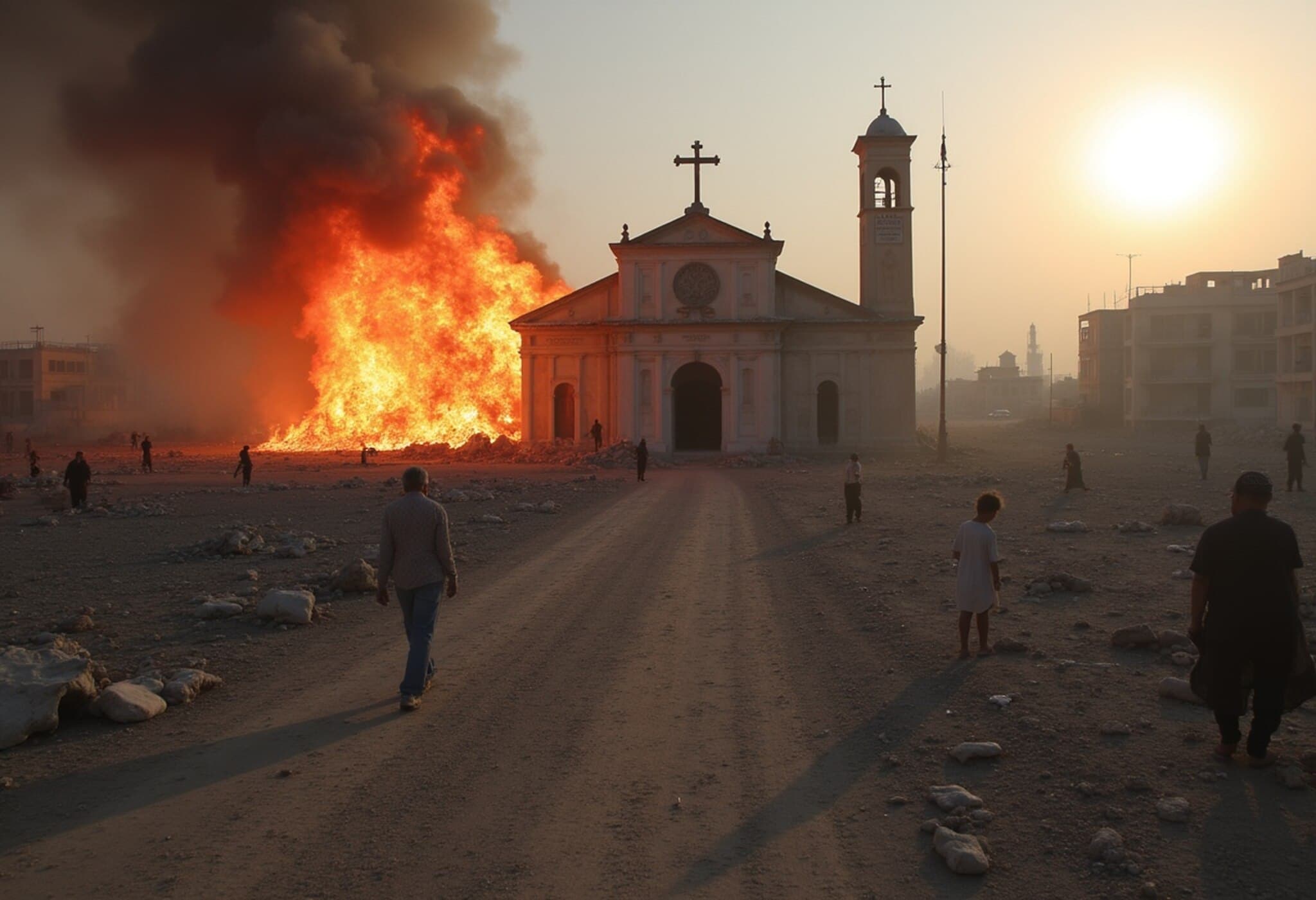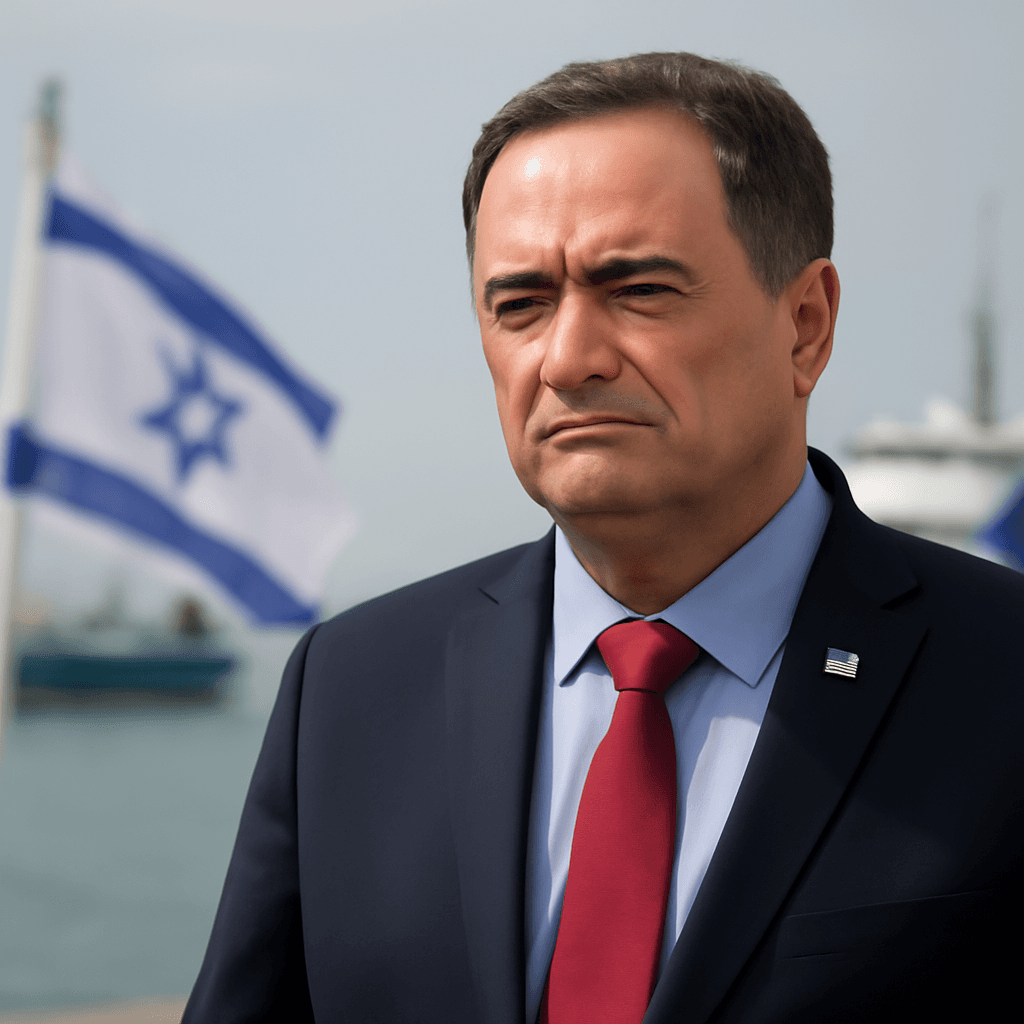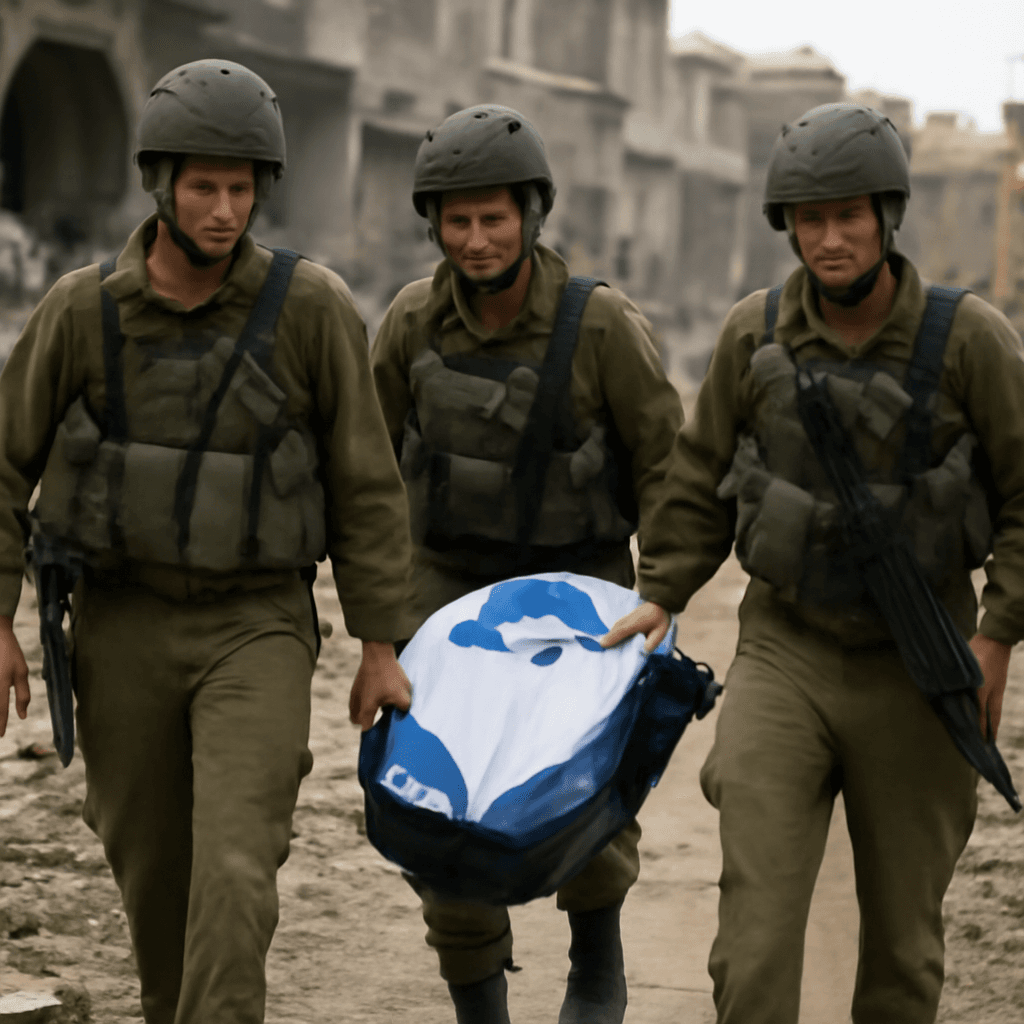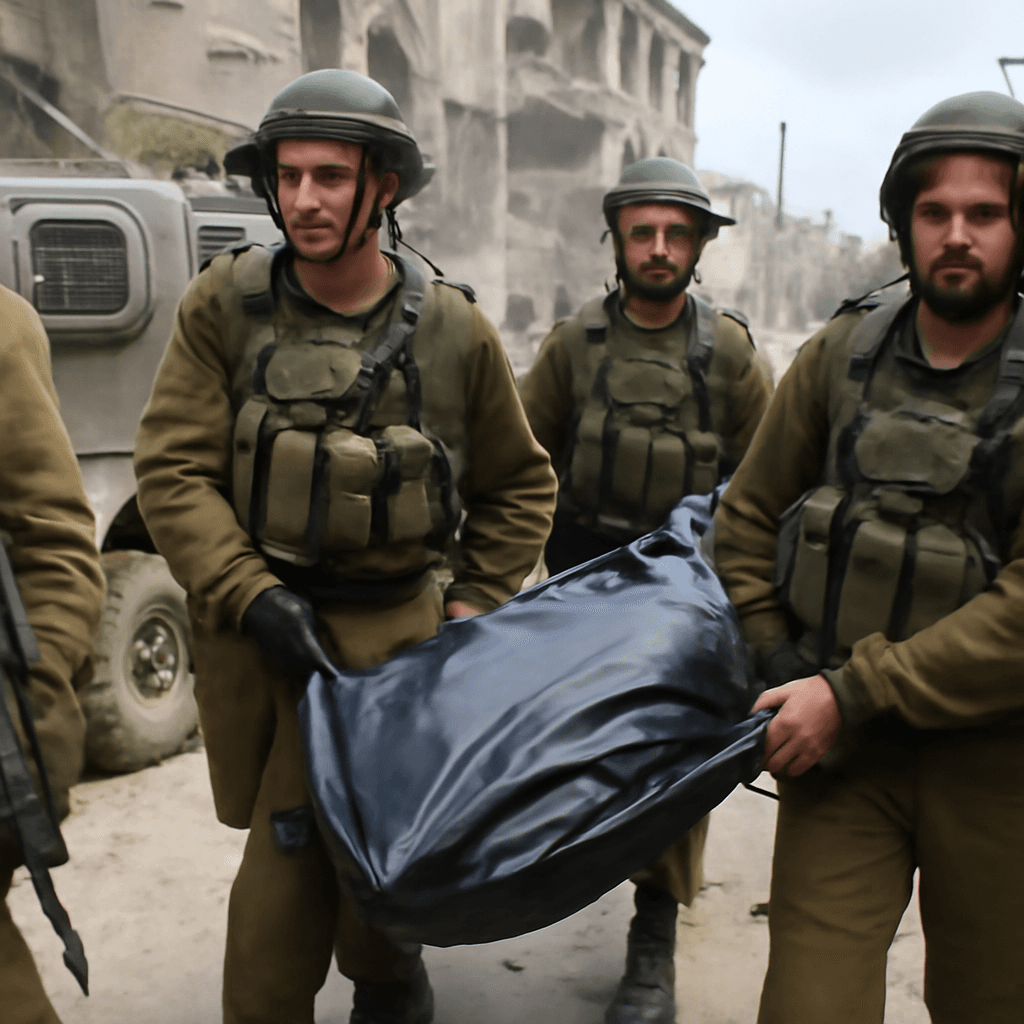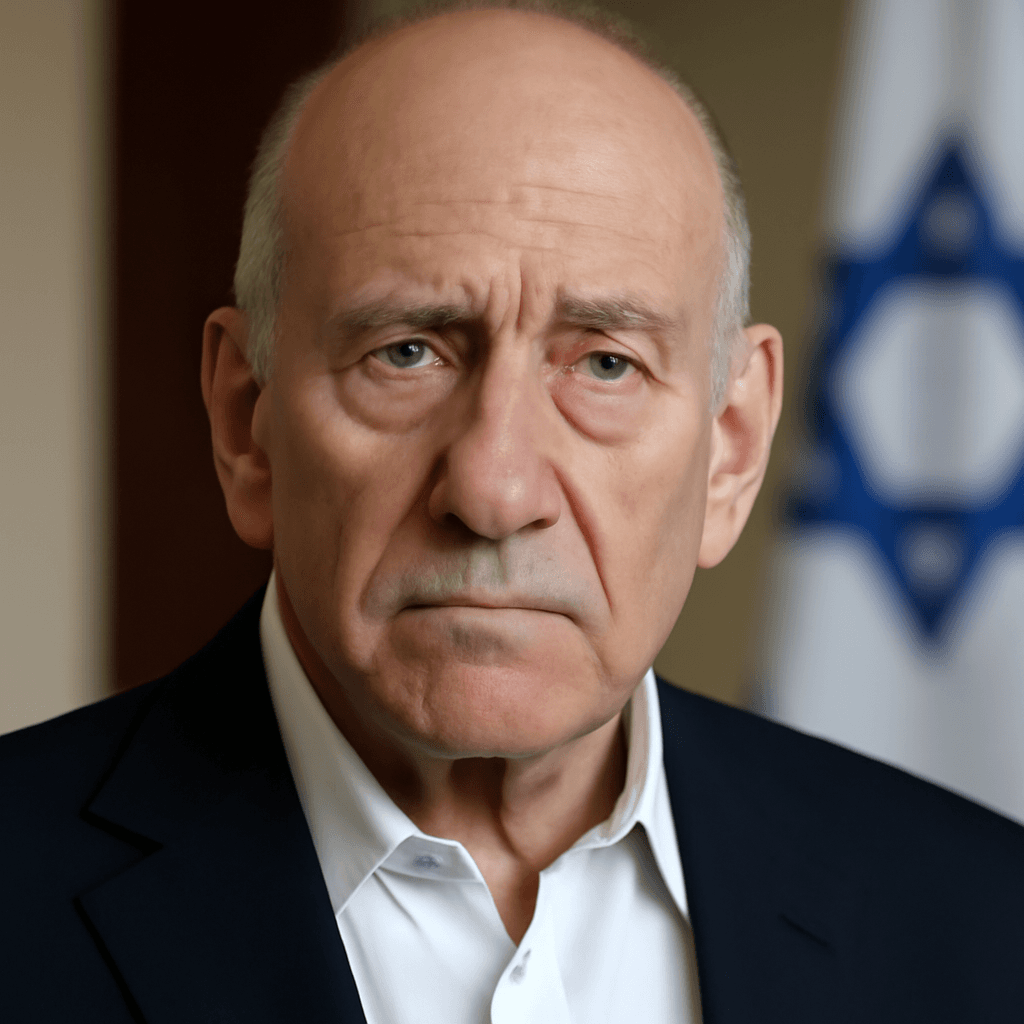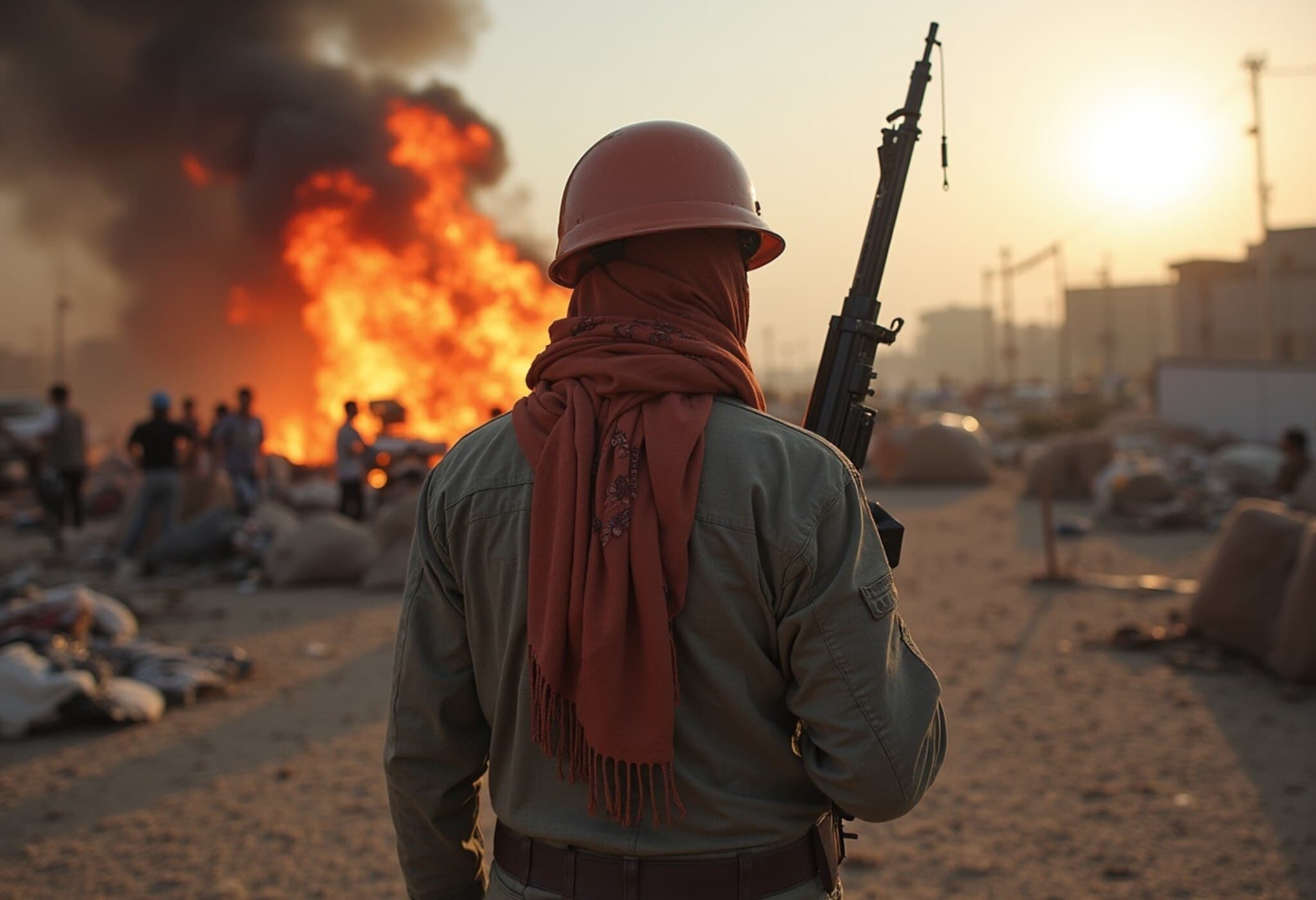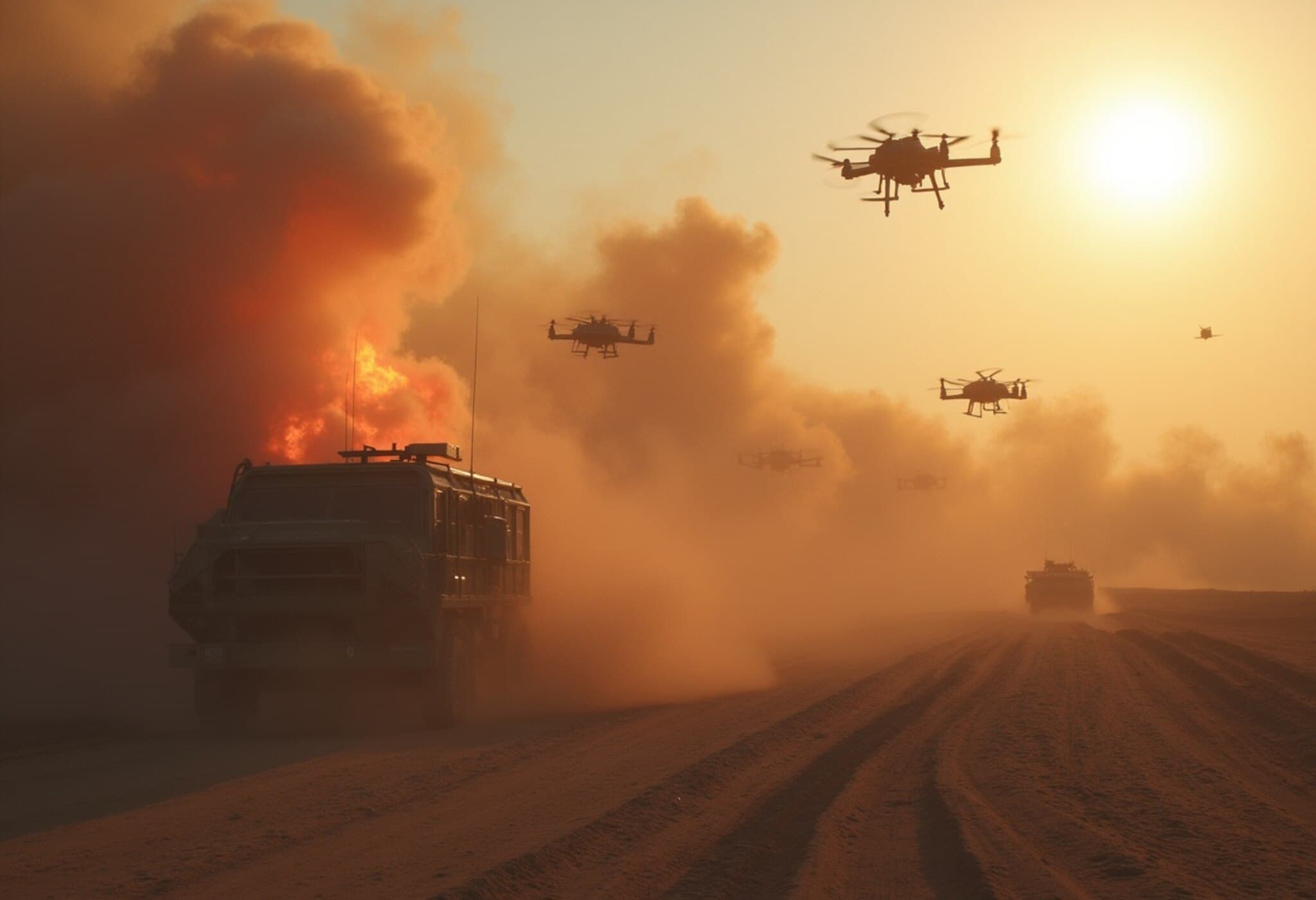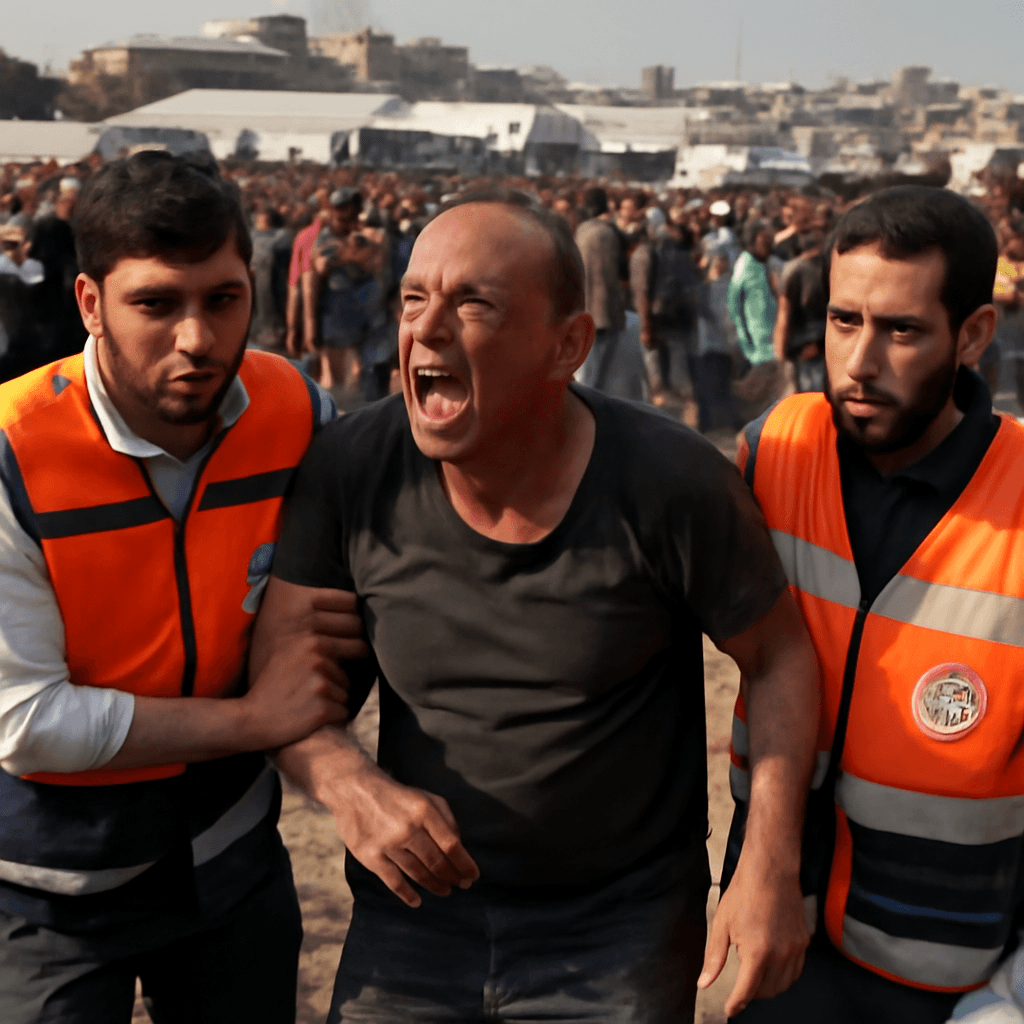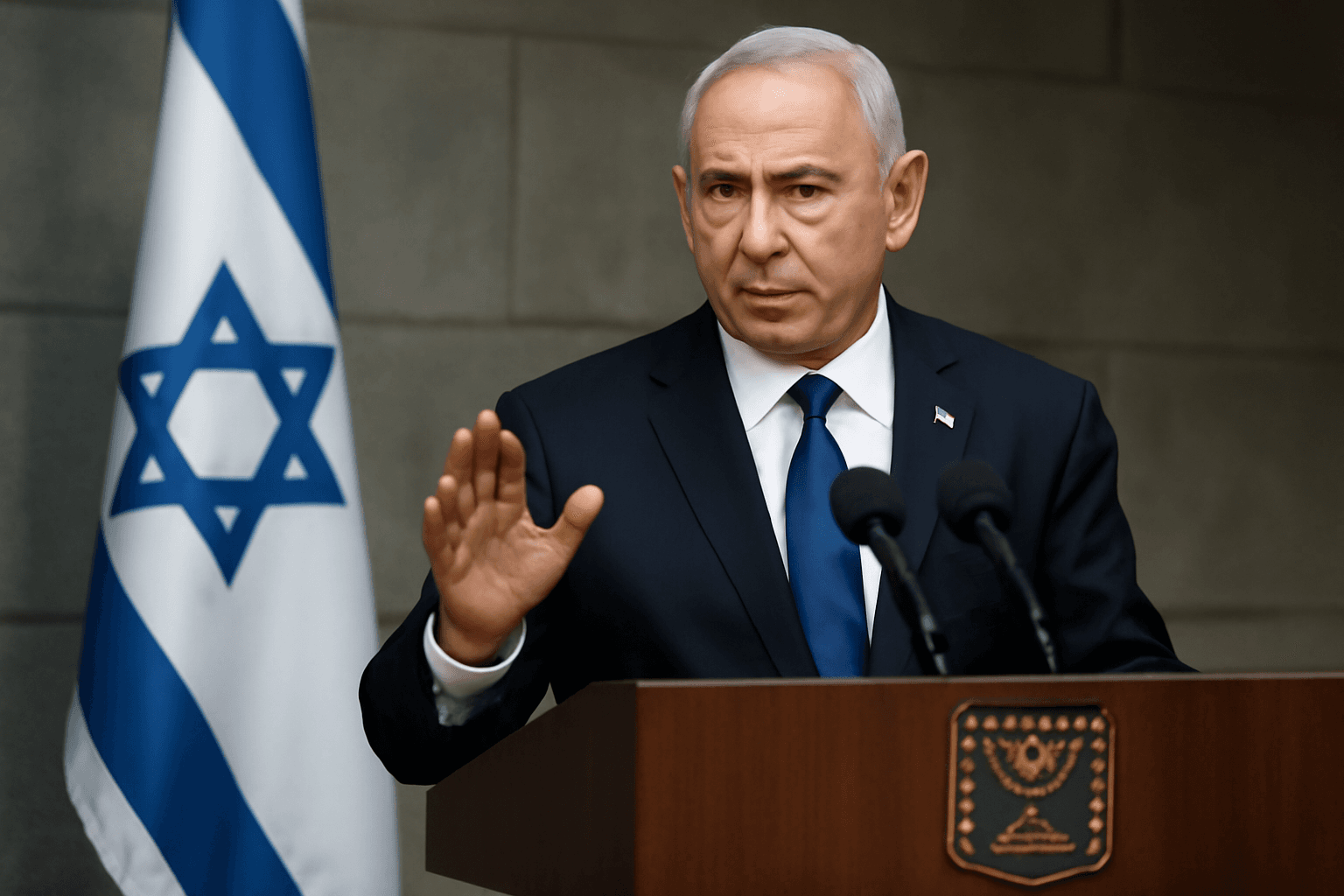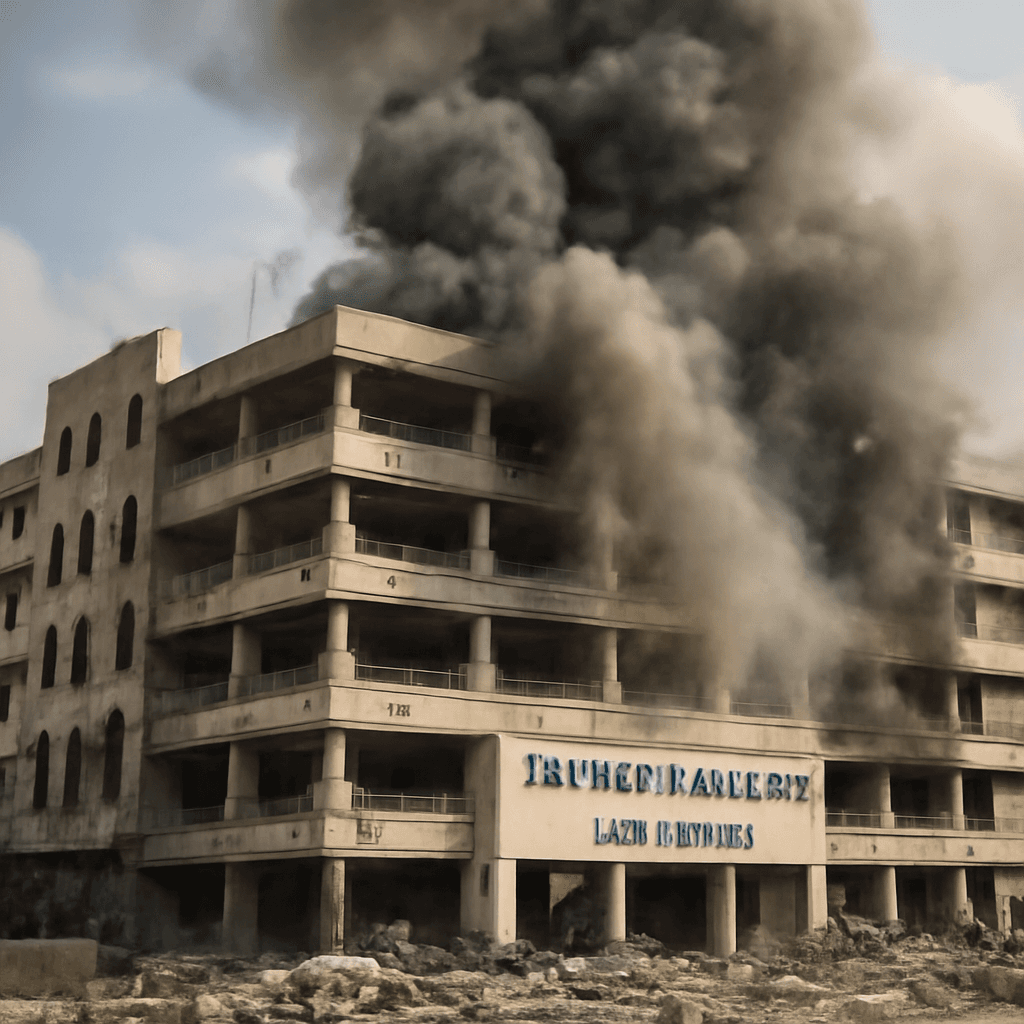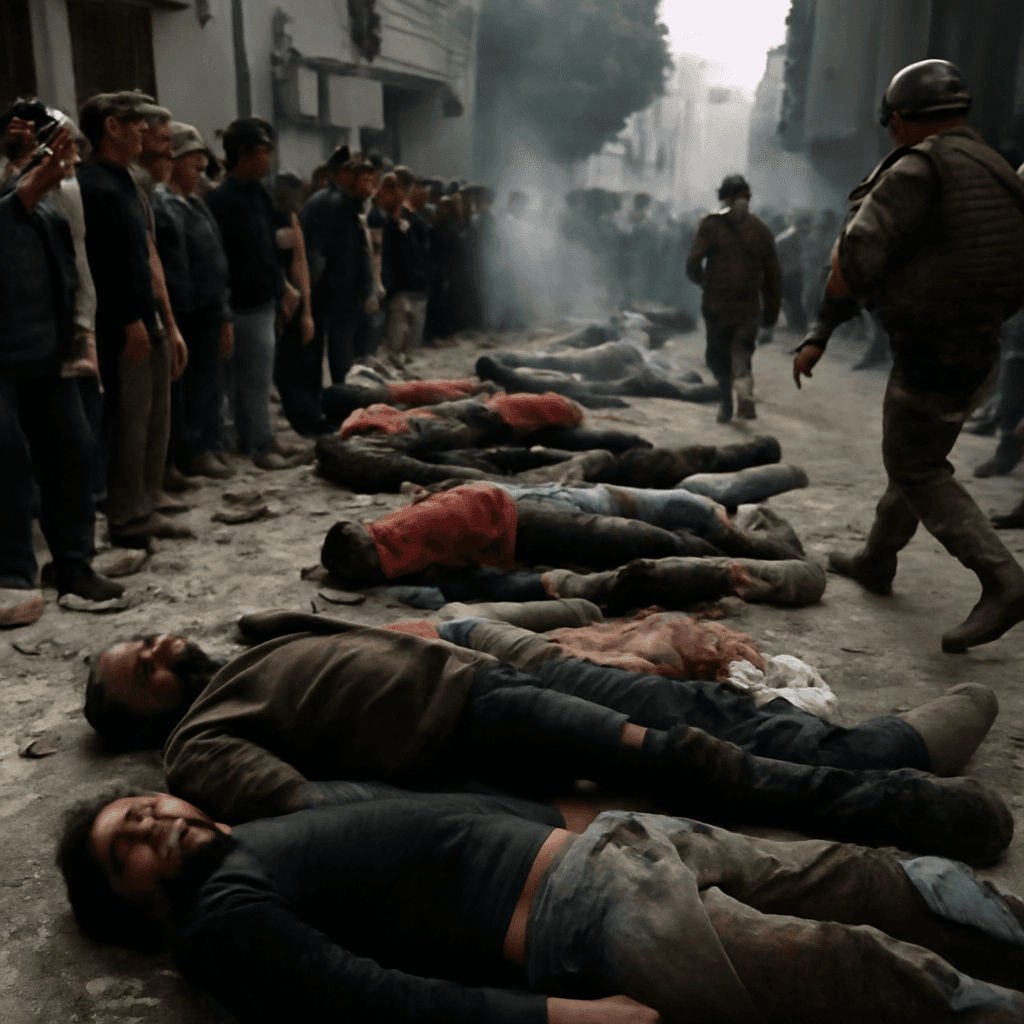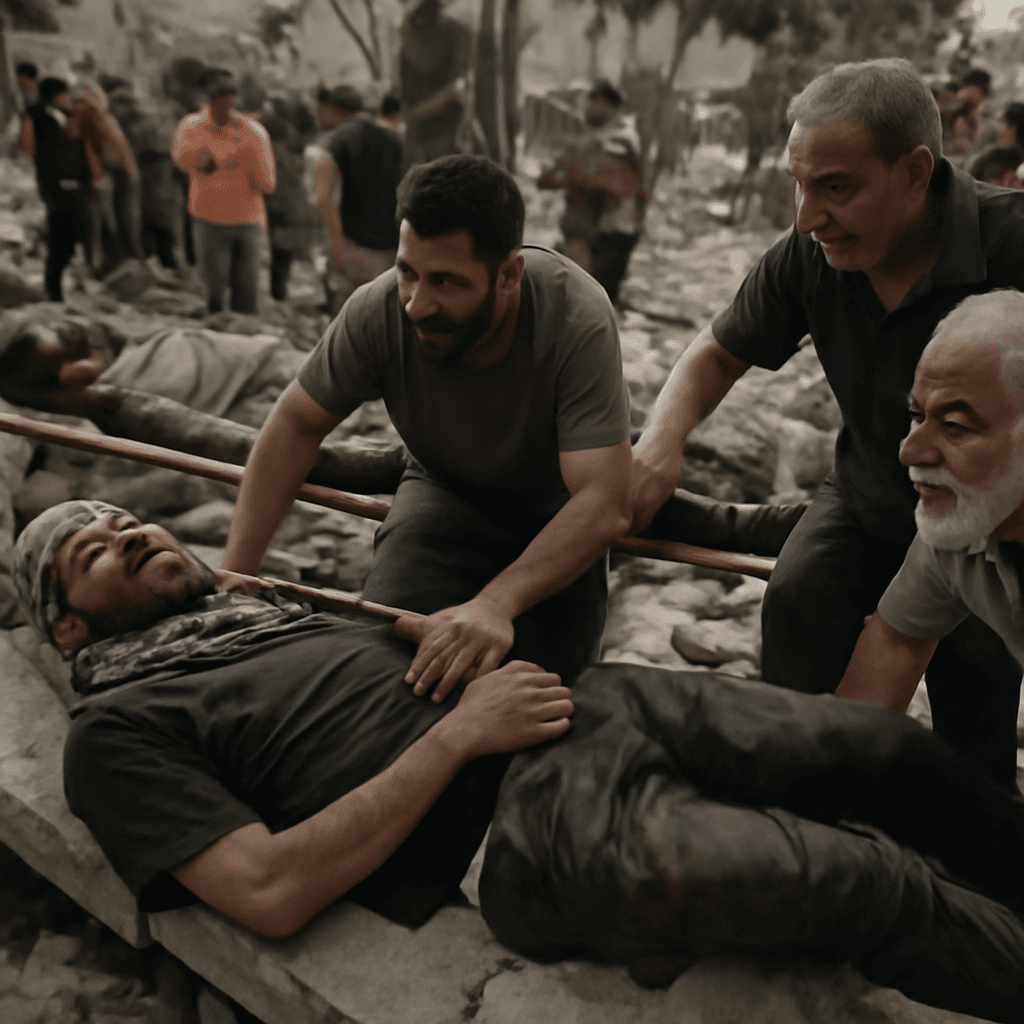Israeli Shelling Strikes Gaza’s Sole Catholic Church
On July 18, 2025, a devastating Israeli strike hit the compound of Gaza’s only Catholic church, a site of profound spiritual significance, tragically claiming two lives and injuring several others. Witnesses and church officials confirmed the shelling, which has reverberated far beyond the immediate circle of victims due to the church’s unique religious and historical importance.
A Church Touched by a Pope’s Daily Devotion
This church, sanctified as a quiet haven amidst conflict, was famously cherished by the former Pope who reportedly called it daily, using it as a spiritual anchor in turbulent times. Its connection to such a significant religious figure underscores the broader human and cultural loss inflicted by the strike.
Context Amid Escalating Conflict
The strike occurred during heightened violence in the Gaza Strip, where Israeli military operations continue to target militant infrastructure but sometimes impact civilian and religious sites. The church, often viewed as neutral ground, was not just a community sanctuary but also a symbol of coexistence amidst deep-rooted tensions.
Expert Insight: The Legal and Humanitarian Implications
Experts on international humanitarian law stress that attacks on places of worship are governed by strict conventions designed to protect cultural and religious heritage during conflicts. Professor Miriam Cohen, a specialist in conflict law at an American university, notes, "While incidental damage can occur, deliberate or reckless strikes on religious sites violate fundamental principles of international law and exacerbate cycles of violence."
Human rights organizations have raised urgent questions about compliance with the Geneva Conventions, highlighting the need for rigorous investigation and accountability. The incident illustrates the fraught challenges faced by non-combatants in zones of urban warfare where sanctuaries often become unintended battlegrounds.
Broader Regional and Global Repercussions
The strike has sparked widespread condemnation from religious leaders, international diplomats, and civil society groups worldwide, calling for immediate de-escalation and protection of vulnerable communities. Particularly in the American context, policymakers are confronted with balancing support for Israeli security with advocating for humanitarian norms—a tightrope with significant political ramifications.
Unseen Narratives: The Human Cost Behind the Headlines
Beyond strategic considerations, the strike affects the deeply interconnected fabric of Gaza’s minority communities who rely on the church for social services, education, and spiritual guidance. Stories emerging from survivors emphasize resilience but also the profound trauma inflicted upon those for whom this church was a lifeline.
- Two civilians killed, including a long-time church volunteer
- Several wounded in the blast, including children seeking refuge
- Disruption of daily church functions and humanitarian outreach
- Calls for international observer missions to verify the circumstances
Looking Ahead: Challenges for Peace and Protection
As hostilities persist, the protection of religious and civilian sites emerges as a critical barometer of respect for human dignity in conflict zones. This incident urges renewed focus on international mechanisms to safeguard those sanctuaries, reminding the world that sites of faith are not merely buildings but embodiments of shared humanity.
Editor's Note
The strike on Gaza’s only Catholic church—once touched daily by the former Pope’s prayers—raises pressing questions about the protection of cultural and religious heritage amidst war. This event challenges all stakeholders to examine how to uphold humanitarian laws while striving for security. As the conflict unfolds, the world watches not just the military operations, but the preservation of humanity within them.

